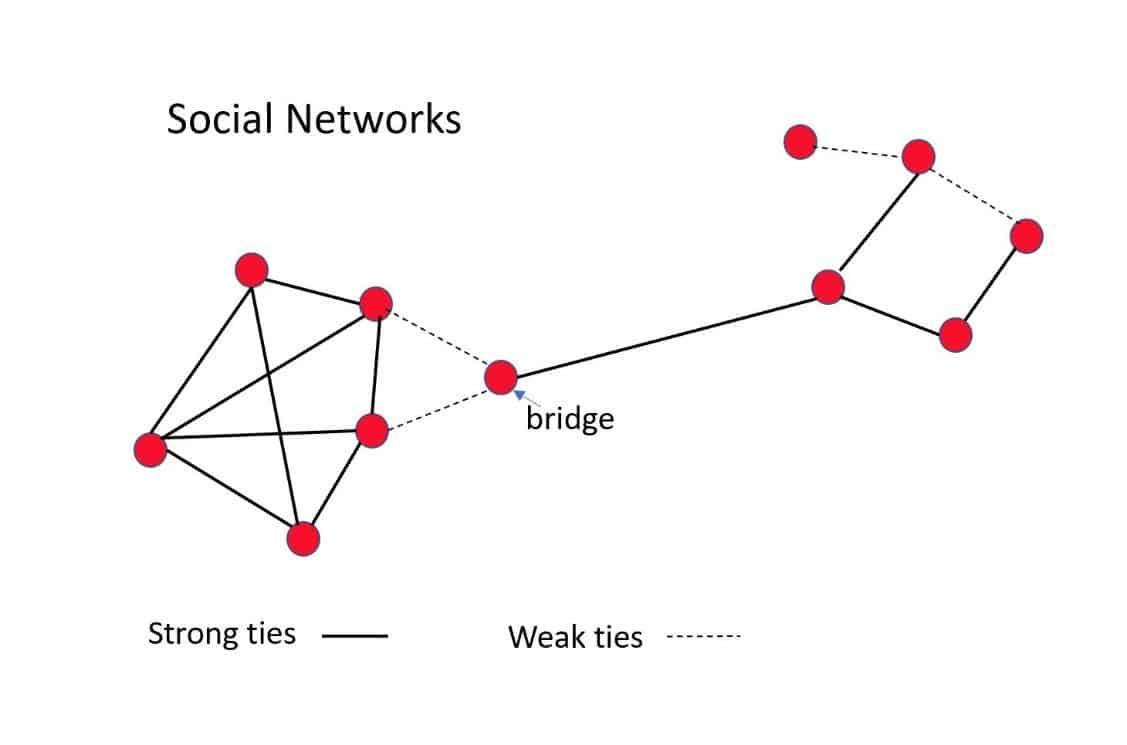What is GC-MS?
GC-MS combines the features of gas chromatography (GC) and mass spectrometry (MS) to identify different substances within a test sample. It is an essential tool for qualitative and quantitative analysis of complex lipid mixtures, providing high sensitivity and specificity. This dual functionality allows for the separation of complex mixtures and the precise identification of compounds based on their mass-to-charge ratio.
Historical Development of GC-MS
The development of GC-MS has a rich history that spans several decades:
Early Chromatography (1900s-1950s): The foundation of gas chromatography was laid in the early 1900s with the development of chromatography by Mikhail Tsvet. The concept of gas chromatography was further advanced by Archer John Porter Martin and Richard Laurence Millington Synge, who were awarded the Nobel Prize in 1952 for their work on partition chromatography.
Invention of GC (1950s): The first practical gas chromatograph was developed by Anthony T. James and Archer J.P. Martin in the early 1950s. This invention allowed for the separation of volatile compounds, making it a significant breakthrough in analytical chemistry.
Integration with Mass Spectrometry (1950s-1960s): The idea of coupling gas chromatography with mass spectrometry was proposed in the late 1950s. The first successful coupling of GC with MS was achieved by Roland Gohlke and Fred McLafferty in 1956. This integration allowed for the identification of separated compounds based on their mass spectra.
Commercialization and Advancements (1960s-1980s): Throughout the 1960s and 1970s, significant advancements were made in the commercial production of GC-MS instruments. Companies like Hewlett-Packard (now Agilent Technologies) and PerkinElmer developed robust and reliable GC-MS systems, making the technology more accessible to researchers and industries.
Technological Innovations (1980s-Present): The 1980s and beyond saw continuous improvements in GC-MS technology, including the development of more sensitive detectors, advanced data analysis software, and automated sample preparation systems. Innovations such as tandem mass spectrometry (GC-MS/MS) and high-resolution mass spectrometry (HRMS) have further enhanced the capabilities of GC-MS.
Modern Applications and Impact: Today, GC-MS is widely used in various fields, including environmental analysis, forensic science, pharmaceuticals, food and beverage testing, and lipidomics. Its ability to provide detailed molecular information has made it an indispensable tool for researchers and industry professionals.
Principle of GC-MS
Gas chromatography-mass spectrometry (GC-MS) is a powerful analytical technique that combines the separation capabilities of gas chromatography (GC) with the detection and elds, including lipidomics.
Gas Chromatography (GC) Component
The gas chromatograph is responsible for the initial separation of the sample's components.
Sample Injection: The sample is introduced into the GC system, typically via an autosampler that injects a precise amount of the sample into a heated injector port. This heat vaporizes the sample, converting it into a gas phase.
Carrier Gas: The vaporized sample is carried through the system by an inert carrier gas, such as helium or nitrogen. The carrier gas flows through the column, transporting the sample along with it.
Capillary Column: The column, often a long, coiled tube made of fused silica and coated with a stationary phase, is where the separation occurs. As the sample travels through the column, its components interact with the stationary phase to varying degrees based on their volatility and polarity. This interaction causes different compounds to travel at different rates, effectively separating them.
Oven Temperature Programming: The column is housed within an oven, where the temperature can be precisely controlled and programmed. By gradually increasing the oven temperature, compounds with higher boiling points can be eluted from the column more efficiently, enhancing the separation process.
Advantages of GC-MS
- High Sensitivity and Specificity: GC-MS provides high sensitivity and specificity, allowing for the detection and identification of compounds at very low concentrations.
- Comprehensive Analysis: The combination of separation and identification techniques enables comprehensive analysis of complex mixtures.
- Versatility: GC-MS can analyze a wide range of volatile and semi-volatile compounds, making it suitable for various applications.
Applications of GC-MS in Lipidomics
GC-MS allows for detailed lipid profiling, identifying and quantifying lipid species such as fatty acids, phospholipids, sphingolipids, and sterols. This capability is essential for understanding lipid composition and distribution in biological samples like plasma and tissues. The technique's high sensitivity enables detection of even trace amounts of lipids.
Fatty Acid Methyl Ester (FAME) Analysis
GC-MS is widely used for analyzing fatty acids by converting them into fatty acid methyl esters (FAMEs). This derivatization enhances the volatility of fatty acids, making them suitable for GC-MS analysis. FAME analysis provides accurate quantification and characterization of fatty acids, crucial for studying dietary fats and metabolic disorders.
Lipid Metabolism Studies
GC-MS aids in lipid metabolism research by tracking changes in lipid profiles and understanding lipid synthesis, degradation, and transformation. This application helps elucidate metabolic pathways and the role of specific lipids in various physiological and pathological conditions.
Biomarker Discovery
GC-MS is used to identify lipid biomarkers associated with diseases, aiding in diagnosis, prognosis, and monitoring of therapeutic responses. Lipid biomarkers discovered through GC-MS contribute to the development of diagnostic tools and personalized medicine.
Nutritional and Dietary Studies
GC-MS is employed to analyze lipid content in foods and biological samples, assessing nutritional quality and dietary impacts. This application is important for evaluating how dietary fats influence health and developing dietary guidelines.
Environmental and Ecological Studies
GC-MS is utilized to study lipid biomarkers in environmental samples such as soil, water, and organisms. This helps monitor environmental pollution and its impact on lipid metabolism in ecosystems.
Pharmaceutical and Cosmetic Research
In the pharmaceutical and cosmetic industries, GC-MS analyzes the lipid content and stability of formulations. It ensures product efficacy and safety by providing detailed data on lipid interactions within products.




